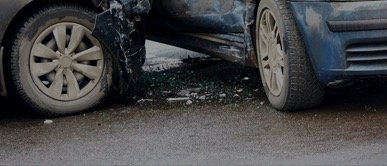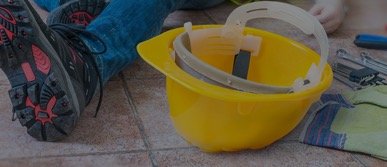What Is An Open And Obvious Condition?

Sometimes, dangerous conditions are hidden and hard to see, and they cause injury to us when we slip and fall on them. But other times, conditions that are dangerous, are more visible. In fact, they often can be plainly seen. Can you sue if you are injured after falling on something that is in plain view—what is known as an open and obvious condition?
Suing for Obvious Dangers
The short answer is no—you cannot sue if you are injured on a condition that is plainly observable.
That makes some sense. Otherwise, every curb, step, or misaligned walkway, would be a source of liability. We do not live in a straight, flat world. And, it is incumbent on everyone to take precautions for themselves, to make sure they are avoiding things that are dangerous that can be seen and avoided.
Factors That Can Affect Liability
But the inquiry is not so simple. What if ice cream is spilled and left on the floor of a brightly lit store? When the ice cream first falls, it may be obvious, as it is all in one lump. But after awhile, the ice cream melts, and “thins out.” It may even become translucent, showing the color of the floor through it. Now it is less “open and obvious.”
Additionally, the location of a dangerous condition can make it more or less open and obvious. For example, a step at a doorway, with a hand railing, may make it obvious there is a curb or step. But what if there was a step in the middle of a shopping aisle? Or in the middle of a parking lot? Normal steps are obvious, but sometimes, only when there is striping painted on the steps, to show us where one step ends and another begins.
Those examples may seem silly, but they illustrate how an obvious condition can be less obvious, depending on the situation and location.
Businesses also don’t want us to look at the floor. They want us to look at their merchandise, or displays. In many cases, the store will do things purposely to get us to look at what they are selling. By diverting our eyes, the store is ensuring that we do not see an otherwise obviously dangerous condition that may exist on the floor.
Duty to Warn
Many courts have said that even if there is no duty for a property owner to repair a dangerous condition that is open and obvious, there may be a duty to warn people of a dangerous condition. This is usually done through signage.
In the end, it will usually be a jury that will determine whether a condition is open and obvious, whether the landowner did enough to warn people of the condition, and whether the victim could have and should have taken measures to protect himself.
Schedule a consultation today with the Tampa personal injury attorneys at Barbas, Nunez, Sanders, Butler & Hovsepian if you are injured in any kind of accident, including any type of fall on someone else’s property.




